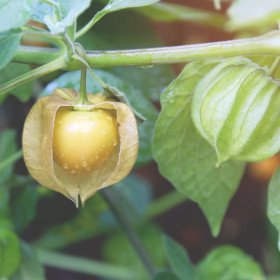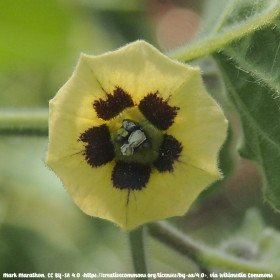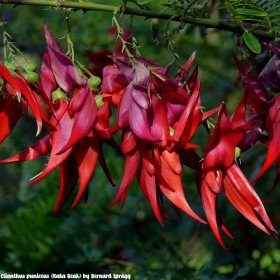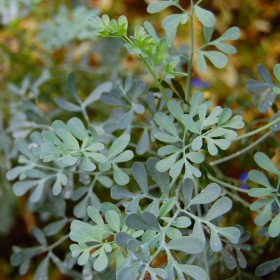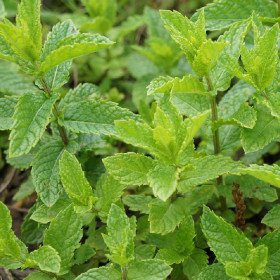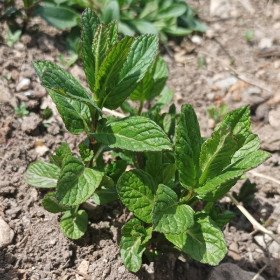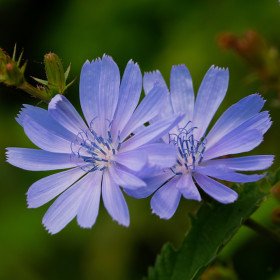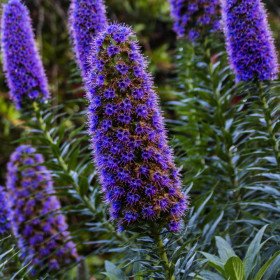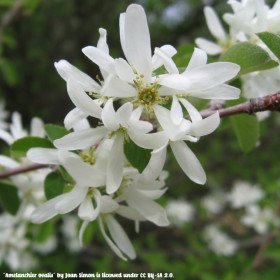10 Graines Carthamus Tinctorius Zanzibar, Chardon Safran
10 Graines Carthamus Tinctorius Zanzibar, Chardon Safran
- Fabricant : Graines reproductibles, Graines Non Traitées
- Modèle : 10 Graines Carthamus Tinctorius Zanzibar, Chardon Safran
- Disponibilité : 10
- 1,50€
Carthamus Tinctorius Zanzibar, Chardon Safran | Graines reproductibles, Graines Non Traitées
Carthamus tinctorius, communément appelé safran des teinturiers ou carthame des teinturiers, est une plante annuelle appartenant à la famille des Astéracées.
10 graines
photo 3 : germination en 4 jours en serre 25-30 °C
Nom du Produit : Graines de Carthamus tinctorius Zanzibar (Chardon Safran)
Description :
Le Carthamus tinctorius, communément appelé Chardon Safran ou Safran des teinturiers, est une plante annuelle prisée pour ses fleurs éclatantes et ses utilisations diverses. Cette variété, Zanzibar, est particulièrement appréciée pour ses fleurs jaune orangé vif qui peuvent être utilisées pour la teinture, la cuisine et comme plante ornementale.
Caractéristiques :
- Type : Plante annuelle
- Nom botanique : Carthamus tinctorius
- Nom commun : Chardon Safran, Safran des teinturiers
- Origine : Probablement le Moyen-Orient
- Hauteur : 60-120 cm
- Fleurs : Jaune orangé
- Feuillage : Vert, épineux
- Utilisation : Teinture, huile alimentaire, ornemental
- Exposition : Plein soleil
- Type de sol : Bien drainé, tolère les sols pauvres
Informations de Culture :
Conditions de Plantation :
- Période de plantation : Printemps
- Profondeur de plantation : Environ 1 cm
- Distance de plantation : Espacer les plants de 30-45 cm
- Arrosage : Modéré, tolère la sécheresse une fois établi
- Entretien : Peu exigeant, désherber régulièrement
Conseils supplémentaires :
- Préparation des graines : Tremper les graines dans l'eau pendant 24 heures avant le semis pour améliorer la germination.
- Germination : Semer directement en place car le Carthamus n'aime pas être transplanté. La germination prend environ 1 à 2 semaines à une température de 15-20°C.
Avantages :
- Polyvalence : Utilisé pour la production d'huile, la teinture naturelle et comme plante ornementale
- Facilité de culture : Résistant à la sécheresse et aux sols pauvres
- Attraction des pollinisateurs : Attire les abeilles et autres insectes pollinisateurs
Etiquettes : carthamus, tinctorius, zanzibar, chardon, safran, GRAINES DE FLEURS & ARBRES Carthamus Tinctorius Zanzibar, Chardon Safran, Fleurs & Herbes ornementales Carthamus Tinctorius Zanzibar, Chardon Safran, Carthamus Tinctorius Zanzibar, Chardon Safran GRAINES DE FLEURS & ARBRES, Carthamus Tinctorius Zanzibar, Chardon Safran Fleurs & Herbes ornementales







